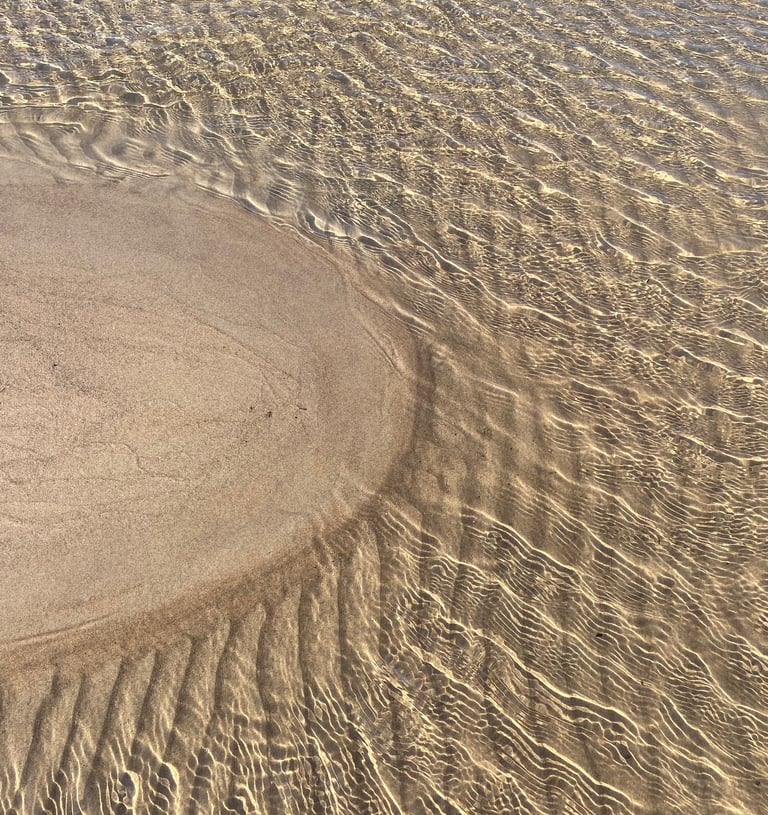Human
Edgar Valter: the man who listened to moss
He walked through the woods as one might leaf through an old book—slowly, reverently. Each stone was a suspension point, each branch a comma waiting for a story. Edgar Valter, illustrator of silences, lived to the rhythm of the wind, drew to the rhythm of the heart.
He didn't need words. A single glance at a mossy stump was enough for him to guess its family, its memories, its dreams buried in the damp earth. He said: “You have to live with your eyes open, but above all with your soul open.”
And in his soul, there was a garden of invisible creatures, the Poku, little plant souls with sedge hair, born on a misty morning. He didn't seek art, he found it. In the mist on a window, in the shadow of a bird on the snow. He painted as one whispers a song to a sleeping child. One day, a visitor asked him where his ideas came from. Valter looked up at a twisted branch and replied: “I don't seek them. They wait for me, patiently.”
In his wooden house in Haanja, pencils lay dormant on the table, but as soon as a dream passed by, they came to life. Children from the village came to ask him for drawings, just as others ask for talismans. He gave them small pieces of paper, which they then buried under trees so that dreams could take root. Edgar Valter died in 2006, but his gaze still inhabits the forests of Estonia. All you have to do is listen.
When the wind whispers in the grass, when the trees tremble with a shy smile... perhaps it is the Poku, still there, telling stories invented by a man who knew how to see the invisible.
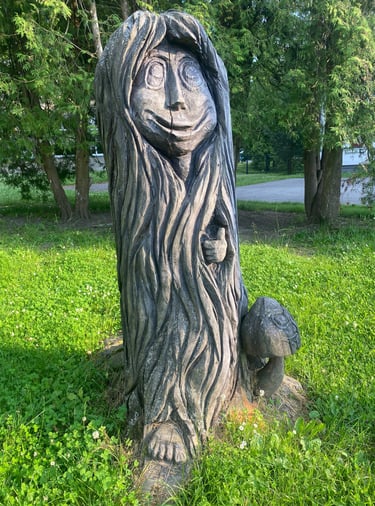

Nature
The slow embrace of nature
All you have to do is stop for a moment and really look: there, in the silence of a clearing, a rock seems to be sleeping. Yet it is alive. Not in the human sense, but in the ancient rhythm of the world. First, moss caressed it timidly. Then lichen came and deposited its alphabet on it. And now roots, slow and patient, embrace it as one embraces a tired old friend.
Nature envelops. It does not destroy, it embraces.
A trunk can deform an iron gate without ever breaking it, a vine can swallow a stone wall without violence, and trees always end up reclaiming what man has left behind.
Trees, precisely, are the guardians of this gentle embrace. They do not move, but they travel through us. Their leaves filter the air, capture carbon dioxide, and release oxygen - the breath we call life. Their shade soothes our fevers. Their roots hold the soil in place, prevent landslides, and nourish invisible mycelia that weave a web between all things.
But above all, trees listen.
They absorb our restless thoughts and transform our silences into peace. Studies prove what poets already knew: walking in a forest reduces stress, calms the heart, and refocuses the mind. The forest reminds us that we are not above it, but within it.
And what about the rocks covered in moss? They remind us of time. They show us that there is no need to struggle. Because everything eventually comes back to the essentials: a stone, a root, a soft light on bark - and a human being who breathes easier simply because a tree let them sit at its foot.
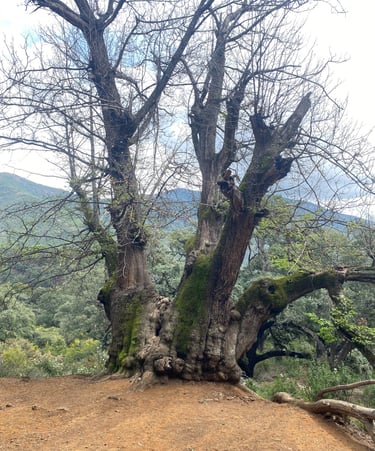

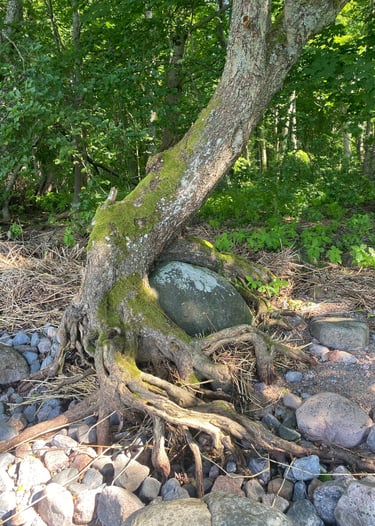

Beauty
Dragon: sharp elegance dancing on the Baltic Sea
It glides across the water like a feather on glass.
Its bow cuts through the waves with the grace of a seabird, precise, fluid, unperturbed. The Dragon sailboat, with its noble and sleek silhouette, embodies the perfect union between tradition and competition.
Created in 1929 by Norwegian designer Johan Anker, the Dragon was conceived as an affordable regatta sailboat, but from its very first sketches, it already had the soul of a thoroughbred. Almost 9 meters long, it boasts a slender hull with taut curves, as if sculpted by the wind itself.
The wood—often teak or mahogany—gives the Dragon a warm glow, a nobility found only in traditional sailboats. The oiled deck smells of the sea and the sun, each slat polished by the footsteps of sailors, each bolt tightened to defy time.
But beneath this vintage appearance lies the body of a racer: maneuverable, fast, and responsive, the Dragon responds to the slightest touch. It heels with style, bravely cuts through gusts, and literally dances on the waves, as if it never really touches the water.
It is in the Baltic Sea, between the pale light of the northern skies and the cool lapping of the inland gulfs, that the Dragon has found its kingdom. In Estonia, Finland, Germany, and Sweden, it is at home.
Every summer, white sails line up for the legendary Golden Cup, one of the most prestigious regattas in the Dragon class. People don't come here just to win. They come to celebrate the beauty of the sea, a living tradition.
This sailboat is not just a racing machine, it is a poem in motion. A Dragon on the water is beauty riding the wind. It is wood laughing in the spray. It is the memory of sailors passed down through each tack.
And when the sun sets over the Baltic Sea, Dragon sailboats look like silver arrows launched toward the horizon—noble, free, timeless.
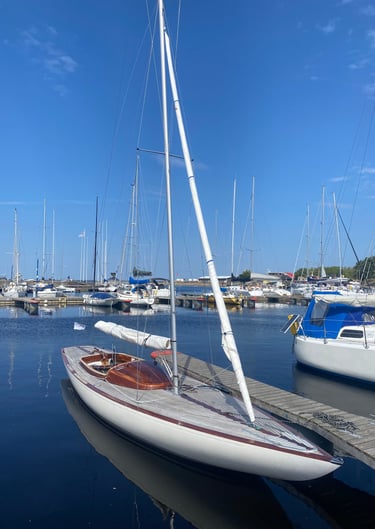

Blog
Discover incredible activities around the world.
Partners
Contact
happytripin@mail.com
© 2025. All rights reserved.





